Fall flower seed planting
debsnest
11 years ago
Related Stories

NATIVE PLANTSPlant These Fall-Flowering Natives in Early Summer for Pollinator Love
These 3 groups of plants will support masses of beneficial insects come autumn
Full Story
CONTAINER GARDENS8 Easy Container Plants to Grow From Seed
Get beautiful blooms and herbs in summer by starting these choice garden picks from seed in spring
Full Story
GARDENING GUIDES10 Deer-Resistant Native Flowers to Plant This Fall
Learn about natives that embrace some kinds of wildlife but resist grazing deer
Full Story
FALL GARDENING9 Deer-Resistant Flowering Shrubs to Plant This Fall
These exquisite shrubs will attract your attention but won’t tempt the deer that roam your neighborhood at night
Full Story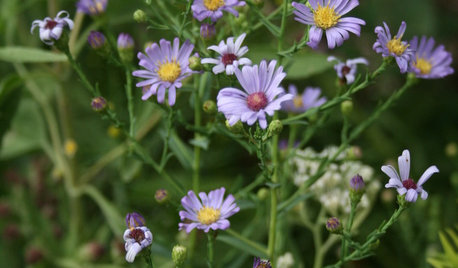
NATIVE PLANTSAutumn Joy: How to Get 3 Months of Fall Flowers
Enjoy blooms from September to November by mixing 6 asters native to different areas of the U.S.
Full Story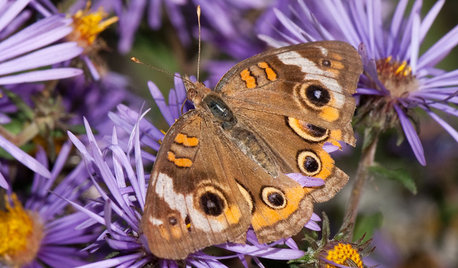
FALL GARDENINGGreat Design Plant: Symphyotrichum Novae-Angliae Ushers in Fall
With bold purple flowers easily accessible to pollinators, New England aster offers loads of interest in the autumn garden
Full Story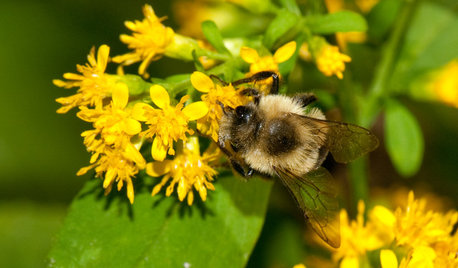
GARDENING GUIDESGreat Design Plant: Solidago Flexicaulis Colors the Fall Shade Garden
Plant zigzag goldenrod in eastern U.S. gardens for its bright yellow flowers and tolerance of a broad range of conditions
Full Story
GARDENING GUIDES6 Unsung Bulbs for Fall Planting
Don't hang up your spade after summer — plant these unusual bulbs in fall for a spectacular spring show
Full Story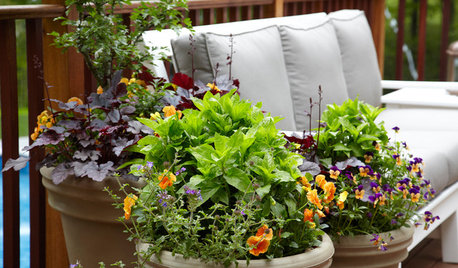
FLOWERS8 Knockout Flowers for a Fall Container Garden
Your cups will overfloweth with color and interest this fall when you plant these vivid seasonal garden classics
Full Story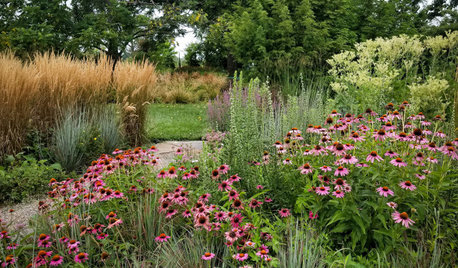
FALL GARDENING20 Favorite Flowers for the Fall Landscape
Vivid blooms and striking shapes make these annuals and perennials a delight in autumn gardens
Full StorySponsored
More Discussions






Lisa_H OK
Okiedawn OK Zone 7
Related Professionals
Harrison Landscape Architects & Landscape Designers · Paradise Landscape Architects & Landscape Designers · Duarte Landscape Contractors · Hoffman Estates Landscape Contractors · Lake Saint Louis Landscape Contractors · Manhattan Landscape Contractors · Post Falls Landscape Contractors · River Ridge Landscape Contractors · Watertown Landscape Contractors · Wentzville Landscape Contractors · Irvington Landscape Contractors · Golden Valley Landscape Contractors · American Fork Decks, Patios & Outdoor Enclosures · Montgomery County Decks, Patios & Outdoor Enclosures · St John's Kirk Decks, Patios & Outdoor Enclosuressoonergrandmom
Okiedawn OK Zone 7
ezzirah011
debsnestOriginal Author
Okiedawn OK Zone 7